-
 Bitcoin
Bitcoin $112400
-1.07% -
 Ethereum
Ethereum $3409
-3.27% -
 XRP
XRP $2.784
-6.60% -
 Tether USDt
Tether USDt $0.9997
-0.03% -
 BNB
BNB $739.3
-2.09% -
 Solana
Solana $158.0
-2.90% -
 USDC
USDC $0.9998
-0.02% -
 TRON
TRON $0.3213
-0.94% -
 Dogecoin
Dogecoin $0.1929
-5.01% -
 Cardano
Cardano $0.6974
-2.82% -
 Hyperliquid
Hyperliquid $36.69
-2.31% -
 Sui
Sui $3.327
-4.80% -
 Stellar
Stellar $0.3672
-5.18% -
 Chainlink
Chainlink $15.65
-3.07% -
 Bitcoin Cash
Bitcoin Cash $525.0
-1.68% -
 Hedera
Hedera $0.2291
-6.00% -
 Avalanche
Avalanche $20.91
-2.96% -
 Ethena USDe
Ethena USDe $1.000
0.00% -
 Toncoin
Toncoin $3.520
-1.12% -
 UNUS SED LEO
UNUS SED LEO $8.968
0.14% -
 Litecoin
Litecoin $105.7
0.26% -
 Shiba Inu
Shiba Inu $0.00001181
-1.79% -
 Polkadot
Polkadot $3.492
-2.08% -
 Uniswap
Uniswap $8.800
-3.10% -
 Dai
Dai $0.9999
-0.01% -
 Monero
Monero $289.9
-3.17% -
 Bitget Token
Bitget Token $4.243
-1.27% -
 Pepe
Pepe $0.00001006
-3.67% -
 Cronos
Cronos $0.1248
-5.68% -
 Aave
Aave $249.7
-2.50%
How to calculate the margin of Binance contracts? What is the difference between full position and position by position?
To calculate margin for Binance futures, use: Initial Margin = Contract Value / Leverage. Choose between Full Position or Position by Position for risk management.
May 19, 2025 at 02:35 pm
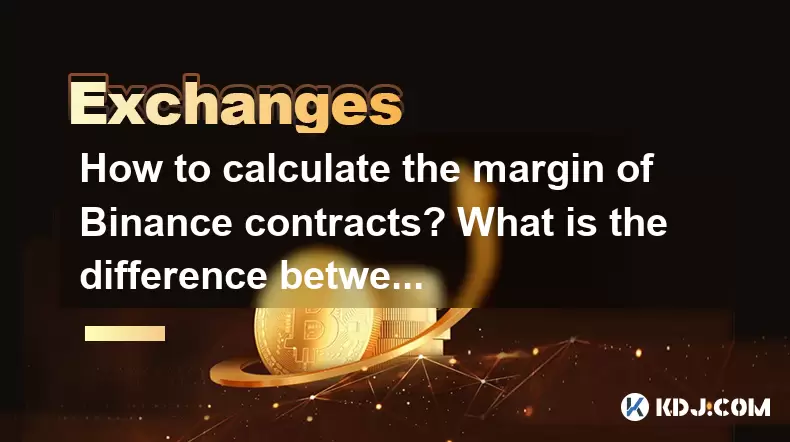
How to Calculate the Margin of Binance Contracts? What is the Difference Between Full Position and Position by Position?
Understanding how to calculate the margin for Binance contracts is essential for anyone looking to engage in futures trading on the Binance platform. Additionally, knowing the difference between full position and position by position margin calculations can significantly impact your trading strategy and risk management. This article will delve into these topics in detail, providing a comprehensive guide on how to navigate these aspects of Binance futures trading.
Understanding Margin in Binance Futures
Margin in the context of Binance futures trading refers to the amount of funds required to open and maintain a futures position. It acts as a form of collateral to cover potential losses. Binance offers two types of margin modes: Cross Margin and Isolated Margin.
- Cross Margin uses the entire available balance in your futures account to prevent liquidation. This means that if one position starts to lose money, the funds from other positions can be used to cover the losses.
- Isolated Margin allocates a specific amount of margin to each position. If the position's losses exceed the allocated margin, it will be liquidated, but other positions remain unaffected.
Calculating Margin for Binance Contracts
To calculate the margin required for a Binance futures contract, you need to consider several factors including the contract size, the leverage, and the entry price. The formula for calculating the initial margin is as follows:
[ \text{Initial Margin} = \frac{\text{Contract Value}}{\text{Leverage}} ]
Where:
- Contract Value is the total value of the contract, calculated as the number of contracts multiplied by the contract size and the entry price.
- Leverage is the ratio of the trader's funds to the size of the position.
For example, if you want to buy 10 contracts of BTCUSDT with a contract size of 0.001 BTC, an entry price of $30,000, and a leverage of 10x, the calculation would be:
[ \text{Contract Value} = 10 \times 0.001 \times 30,000 = 300 \text{ USDT} ]
[ \text{Initial Margin} = \frac{300}{10} = 30 \text{ USDT} ]
Full Position vs. Position by Position Margin Calculation
When it comes to margin calculations, Binance offers two methods: Full Position and Position by Position. Understanding the difference between these two methods is crucial for effective risk management.
Full Position Margin Calculation
Full Position margin calculation considers the entire position as a single entity. This means that the margin requirement is calculated based on the net position across all contracts. For example, if you have long positions in BTCUSDT and short positions in ETHUSDT, the full position margin calculation will consider the net exposure.
To calculate the full position margin, you need to sum up the notional values of all positions and then apply the leverage:
[ \text{Full Position Margin} = \frac{\text{Total Notional Value}}{\text{Leverage}} ]
For instance, if you have a long position in BTCUSDT worth $300 and a short position in ETHUSDT worth $200, with a leverage of 10x:
[ \text{Total Notional Value} = 300 + 200 = 500 \text{ USDT} ]
[ \text{Full Position Margin} = \frac{500}{10} = 50 \text{ USDT} ]
Position by Position Margin Calculation
Position by Position margin calculation, on the other hand, calculates the margin requirement for each individual position separately. This method is more granular and can be beneficial for traders who want to manage the risk of each position independently.
To calculate the position by position margin, you need to calculate the margin for each position individually and then sum them up:
[ \text{Position by Position Margin} = \sum \left( \frac{\text{Notional Value of Each Position}}{\text{Leverage}} \right) ]
Using the same example as above, if you have a long position in BTCUSDT worth $300 and a short position in ETHUSDT worth $200, with a leverage of 10x:
[ \text{Margin for BTCUSDT} = \frac{300}{10} = 30 \text{ USDT} ]
[ \text{Margin for ETHUSDT} = \frac{200}{10} = 20 \text{ USDT} ]
[ \text{Position by Position Margin} = 30 + 20 = 50 \text{ USDT} ]
Practical Steps to Calculate Margin on Binance
To calculate the margin for your Binance futures contracts, follow these steps:
- Log into your Binance account and navigate to the futures trading section.
- Select the futures contract you want to trade, such as BTCUSDT or ETHUSDT.
- Determine the number of contracts you wish to trade and the entry price.
- Choose your leverage from the available options (e.g., 10x, 20x, etc.).
- Calculate the contract value using the formula: Contract Value = Number of Contracts × Contract Size × Entry Price.
- Calculate the initial margin using the formula: Initial Margin = Contract Value / Leverage.
- Decide on the margin mode (Cross Margin or Isolated Margin) based on your risk management strategy.
- Calculate the full position margin if you want to consider your entire position as a single entity.
- Calculate the position by position margin if you prefer to manage the risk of each position separately.
Choosing Between Full Position and Position by Position
The choice between full position and position by position margin calculation depends on your trading strategy and risk tolerance. Full position margin calculation is suitable for traders who want to manage their overall exposure and have a more holistic view of their portfolio. It can be beneficial for those who engage in hedging strategies or have multiple positions that offset each other.
On the other hand, position by position margin calculation is ideal for traders who want to manage the risk of each position independently. This method allows for more precise control over individual positions and can be advantageous for traders who focus on specific assets or have a diversified portfolio.
Frequently Asked Questions
Q: Can I switch between Cross Margin and Isolated Margin on Binance?
A: Yes, you can switch between Cross Margin and Isolated Margin on Binance. To do so, go to the futures trading section, select the position you want to adjust, and toggle between the two margin modes. Keep in mind that switching margin modes may affect your position's risk exposure.
Q: How does leverage affect the margin requirement on Binance?
A: Leverage directly impacts the margin requirement on Binance. Higher leverage means you can open larger positions with less capital, but it also increases the risk of liquidation. The margin requirement is inversely proportional to the leverage; the higher the leverage, the lower the margin required to open a position.
Q: What happens if my margin falls below the maintenance margin level on Binance?
A: If your margin falls below the maintenance margin level, your position will be at risk of liquidation. Binance will automatically close your position to prevent further losses. To avoid liquidation, you can either add more funds to your margin or reduce your position size.
Q: Can I use the same margin calculation method for all types of futures contracts on Binance?
A: Yes, the margin calculation methods discussed in this article (full position and position by position) can be applied to all types of futures contracts on Binance. However, the specific contract size and leverage options may vary depending on the contract, so always check the details before trading.
Disclaimer:info@kdj.com
The information provided is not trading advice. kdj.com does not assume any responsibility for any investments made based on the information provided in this article. Cryptocurrencies are highly volatile and it is highly recommended that you invest with caution after thorough research!
If you believe that the content used on this website infringes your copyright, please contact us immediately (info@kdj.com) and we will delete it promptly.
- Ruvi AI: The AI Token on Cardano Set to Dominate After CMC Listing
- 2025-08-03 04:50:12
- Altcoins in the Spotlight: Cardano, Shiba Inu, and the Quest for Crypto Supremacy
- 2025-08-03 05:30:12
- Litecoin, USDC, and Mining in 2025: A New Yorker's Take
- 2025-08-03 05:50:12
- Bitcoin, MicroStrategy, and Institutional Confidence: A Bullish Trifecta?
- 2025-08-03 04:30:12
- Ruvi AI Token: Price Hike Imminent After Presale Milestone?
- 2025-08-03 04:30:12
- Ruvi AI: The Millionaire Maker with a Price Spike on the Horizon?
- 2025-08-03 02:50:12
Related knowledge
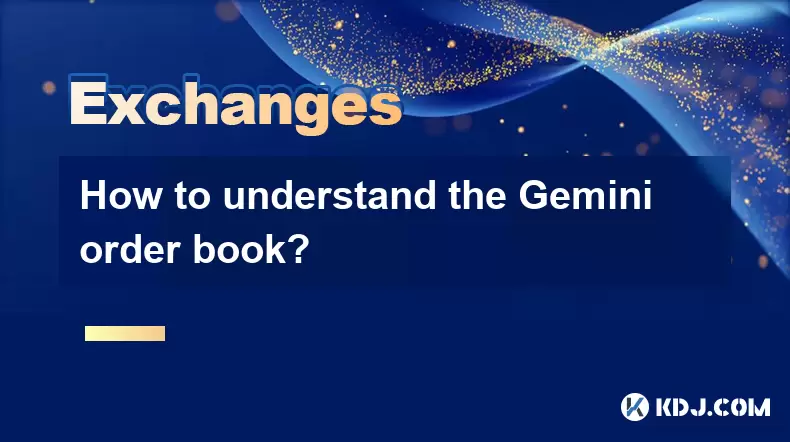
How to understand the Gemini order book?
Aug 02,2025 at 03:35pm
What Is the Gemini Order Book?The Gemini order book is a real-time ledger that displays all open buy and sell orders for a specific cryptocurrency tra...
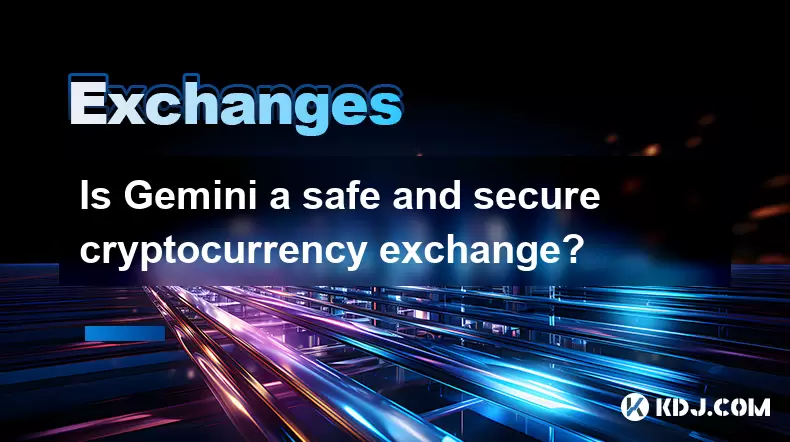
Is Gemini a safe and secure cryptocurrency exchange?
Aug 02,2025 at 10:42pm
Understanding Gemini’s Regulatory ComplianceGemini is a New York State-chartered trust company, which places it under the supervision of the New York ...
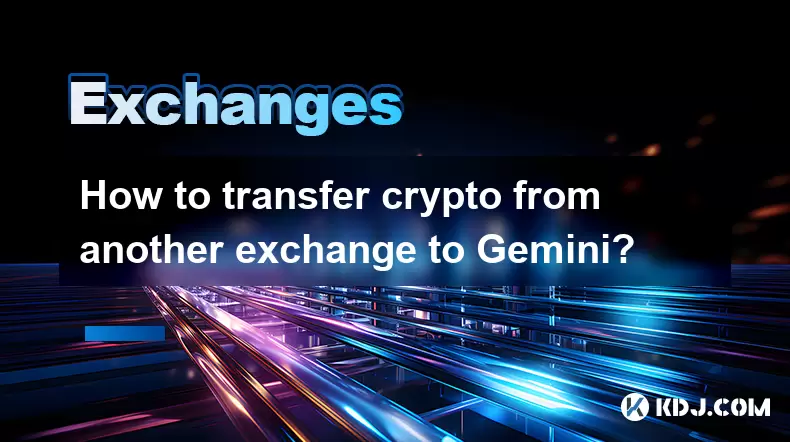
How to transfer crypto from another exchange to Gemini?
Aug 02,2025 at 07:28pm
Understanding the Basics of Crypto Transfers to GeminiTransferring cryptocurrency from another exchange to Gemini involves moving digital assets from ...

How to sell cryptocurrency on Gemini?
Aug 02,2025 at 05:07pm
Understanding the Gemini Platform and Account SetupBefore selling cryptocurrency on Gemini, it’s essential to ensure you have a fully verified account...
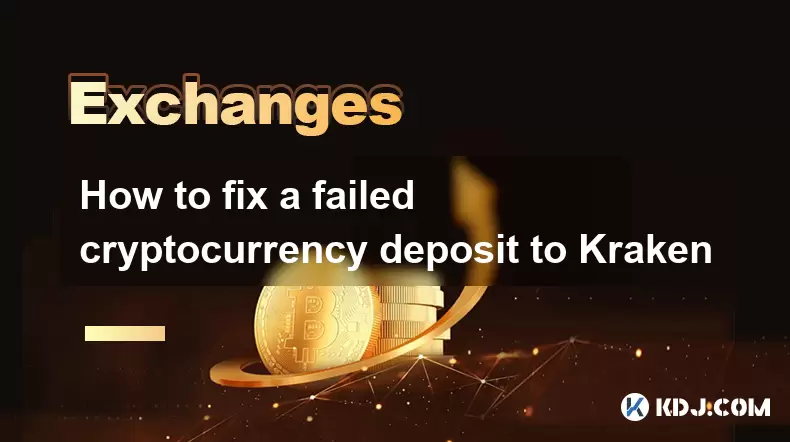
How to fix a failed cryptocurrency deposit to Kraken
Aug 02,2025 at 03:22pm
Understanding Why a Cryptocurrency Deposit Fails on KrakenWhen a cryptocurrency deposit fails on Kraken, the issue typically stems from one of several...

How to place a take-profit order on Kraken
Aug 02,2025 at 02:28pm
Understanding the Role of Private Keys in Cryptocurrency SecurityIn the world of cryptocurrency, private keys are the most critical component of digit...

How to understand the Gemini order book?
Aug 02,2025 at 03:35pm
What Is the Gemini Order Book?The Gemini order book is a real-time ledger that displays all open buy and sell orders for a specific cryptocurrency tra...

Is Gemini a safe and secure cryptocurrency exchange?
Aug 02,2025 at 10:42pm
Understanding Gemini’s Regulatory ComplianceGemini is a New York State-chartered trust company, which places it under the supervision of the New York ...

How to transfer crypto from another exchange to Gemini?
Aug 02,2025 at 07:28pm
Understanding the Basics of Crypto Transfers to GeminiTransferring cryptocurrency from another exchange to Gemini involves moving digital assets from ...

How to sell cryptocurrency on Gemini?
Aug 02,2025 at 05:07pm
Understanding the Gemini Platform and Account SetupBefore selling cryptocurrency on Gemini, it’s essential to ensure you have a fully verified account...

How to fix a failed cryptocurrency deposit to Kraken
Aug 02,2025 at 03:22pm
Understanding Why a Cryptocurrency Deposit Fails on KrakenWhen a cryptocurrency deposit fails on Kraken, the issue typically stems from one of several...

How to place a take-profit order on Kraken
Aug 02,2025 at 02:28pm
Understanding the Role of Private Keys in Cryptocurrency SecurityIn the world of cryptocurrency, private keys are the most critical component of digit...
See all articles

























































































